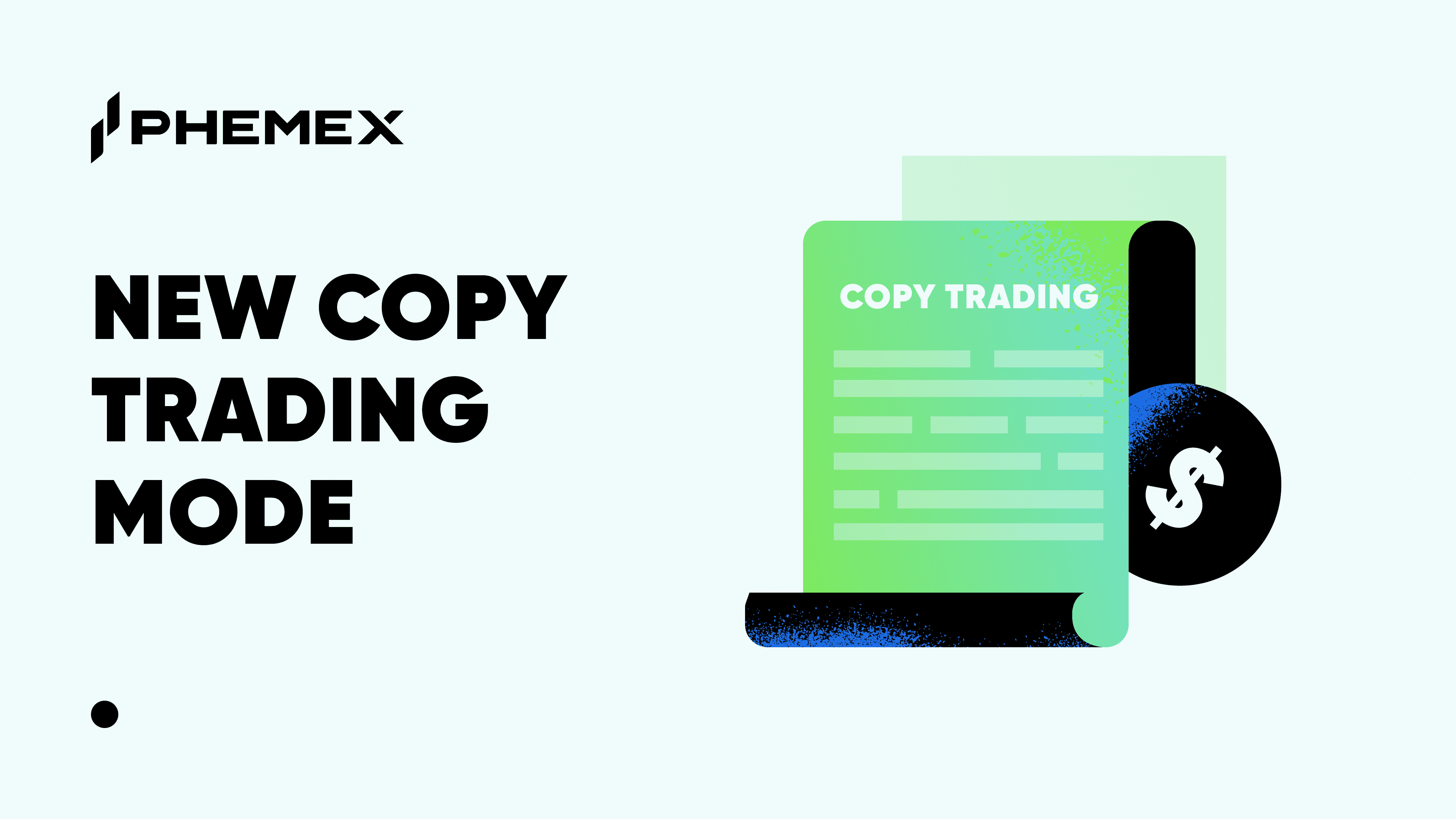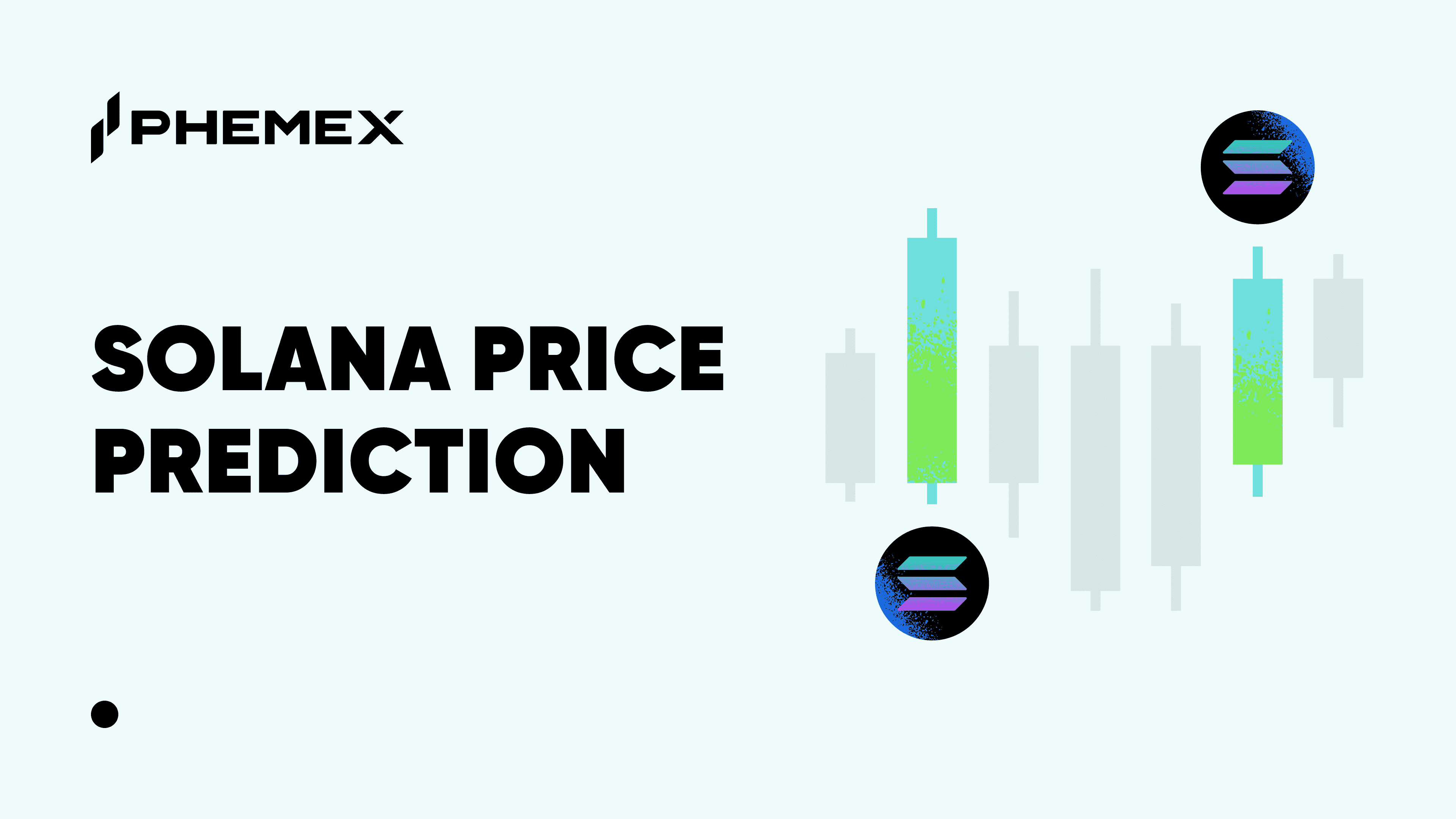
In the rapidly evolving world of blockchain technology, layer 1 crypto projects serve as the bedrock of the digital ledger ecosystem. These foundational platforms are crucial to supporting scalability, security, and interoperability for a wide array of applications, from decentralized finance (DeFi) to non-fungible tokens (NFTs). Amidst an impressive market capitalization, the future of the layer 1 crypto sector shines brightly, with predictions indicating a potential 50-100 fold increase in growth from 2024 to 2025.
Phemex has recently launched PhemexPulse, a dynamic addition to its web3 ecosystem. This social trading platform aims to unify cryptocurrency enthusiasts by providing a space where traders can interact, exchange valuable insights, and monetize their digital presence.
This article delves into the essence of layer 1 crypto technologies, highlighting ten high-potential crypto projects set to redefine the blockchain landscape. Additionally, it introduces the concept of DePin (Decentralized Pinning), a pioneering approach to data storage and retrieval on decentralized networks, exploring its implications for the future of blockchain.
What Is Layer 1 in Blockchain?
Layer-1 networks, like BNB Smart Chain, Ethereum, Bitcoin, and Solana, are foundational blockchains in their ecosystems, processing transactions directly on their own platforms. Each has a unique native token for transaction fees. Contrarily, Layer-2 solutions build on these base networks to enhance performance without altering the main blockchain.
The Vital Role of Layer 1 in Blockchain Technology
At its core, layer 1 crypto refers to the foundational layer of blockchain infrastructure. It encompasses the primary protocols that form the base upon which secondary blockchains and applications are built. These foundational protocols are subject to continuous innovation, including modifications to block size, consensus algorithms, and database sharding techniques. Such advancements aim to bolster the performance and scalability of subsequent blockchain layers, facilitating a more robust and extensive layer 1 crypto ecosystem.
While the blockchain domain is predominantly occupied by giants like Ethereum, Solana, and Avalanche, a new wave of emerging layer 1 crypto projects is gaining traction. These crypto projects, though currently under the radar, harbor immense potential for growth, thanks to their novel approaches to blockchain technology. By moving beyond mainstream platforms, these emerging crypto projects underscore the rich tapestry of innovation within the layer 1 crypto space, offering a glimpse into the future of decentralized technology.
Top 10 High-Potential Layer 1 Crypto Projects
This section provides a detailed overview of ten layer 1 crypto projects that stand out for their innovative features and potential for significant impact. Each crypto project is evaluated based on its unique selling points, including speed, scalability, security, and energy efficiency, offering insights into their role in shaping the future blockchain ecosystem.
KaspaCurrency ($KAS): A swift, open-source L1 blockchain optimized for parallel blocks through blockDAG technology. It boasts rapid transaction confirmations within seconds, scalability without compromising security, and an energy-efficient kHeavyHash Proof of Work (PoW) mechanism. Current Price: $0.14, Market Cap: $3.4B.
CelestiaOrg ($TIA): A modular blockchain network designed for easy deployment. It offers unique scalability and security through aggregation, alongside an efficient data availability layer, fostering rapid Web3 innovation. Current Price: $17.43, Market Cap: $2.9B.
SeiNetwork ($SEI): Optimized for digital asset exchanges, this network provides high certainty and a smooth user experience. It addresses the scalability challenges of Web3, making it an ideal choice for gaming, NFTs, and DeFi. Current Price: $0.89, Market Cap: $2.2B.
SuiNetwork ($SUI): A decentralized asset platform managed with low latency through the Move language, maintained by permissionless institutions for enhanced security and scalability, supporting trust-minimized bridges to other blockchains. Current Price: $1.60, Market Cap: $1.9B.
Injective ($INJ): A finance-centric L1 blockchain offering decentralized financial markets. It features anti-MEV on-chain infrastructure and high interoperability with various chains. Current Price: $49.14, Market Cap: $4.5B.
KoinosNetwork ($KOIN): A versatile blockchain with a Mana mechanism, implementing proof of burn to enhance efficiency. It allows for token-free dApp usage, maximizing efficiency while preventing spam. Current Price: $1.09, Market Cap: $24M.
TectumSocial ($TET): A blazing-fast L1 platform capable of over 1 million transactions per second (TPS), featuring unique block architecture and SoftNote bills for instant, zero-fee transactions. TET tokens are used for SoftNote minting and utility. Current Price: $34.59, Market Cap: $172M.
Neuraiproject ($XNA): Integrates IoT with blockchain using Ravencoin code and focuses on the integration of AI with IoT devices, specifically targeting AI collaboration with ESP32 and RISC-V. Current Price: $0.003, Market Cap: $36M.
Aleph__Zero ($AZERO): A public L1 with Substrate integration, leveraging DAG and AlephBFT to address scalability and security issues, facilitating value transfer and smart contracts efficiently. Current Price: $1.49, Market Cap: $398M.
Taraxa_project ($TARA): An EVM-compatible platform with t-Graph consensus and blockDAG, innovating with anchor chains and asynchronous PBFT to achieve scalability while maintaining security and decentralization. Current Price: $0.014, Market Cap: $57M.
These projects represent the cutting edge of blockchain technology, each with unique innovations and potential for significant growth. As the blockchain landscape continues to evolve, these L1 projects are poised to redefine the boundaries of scalability, security, and efficiency in the decentralized world.
Layer 1 vs. Layer 2
The evolution of Layer-1 and Layer-2 solutions showcases the dynamic progression of blockchain technology. Layer-2 strategies tackle issues of scalability and transaction speed, whereas Layer-1 blockchains provide the essential security, decentralization, and infrastructure critical to the cryptocurrency realm.
Their interaction is mutually beneficial: Layer-2's performance boosts depend on the foundational security and decentralization offered by Layer-1 networks. As both layers advance, innovations in Layer-1, such as Ethereum's sharding, can improve Layer-2 efficiencies, and vice versa. This intertwined development strategy is expected to persist as blockchain technology seeks broader adoption, striving for a harmonious blend of security, decentralization, scalability, and speed.
Conclusion
As we move into 2024, Layer-1 blockchains continue to lead the charge in the crypto revolution. Their ongoing development and adaptation play a pivotal role in meeting the diverse and growing demands of the digital landscape. From Solana's exceptional speed to Bitcoin's unparalleled decentralization and security, each Layer-1 blockchain brings distinct features to the broader blockchain ecosystem.
Layer-2 solutions boost efficiency but depend on the foundation offered by Layer-1 networks. This collaboration maintains equilibrium: Layer-1 ensures a secure and decentralized framework, while Layer-2 offers scalability, swift transaction processing, and support for innovative dApps.










